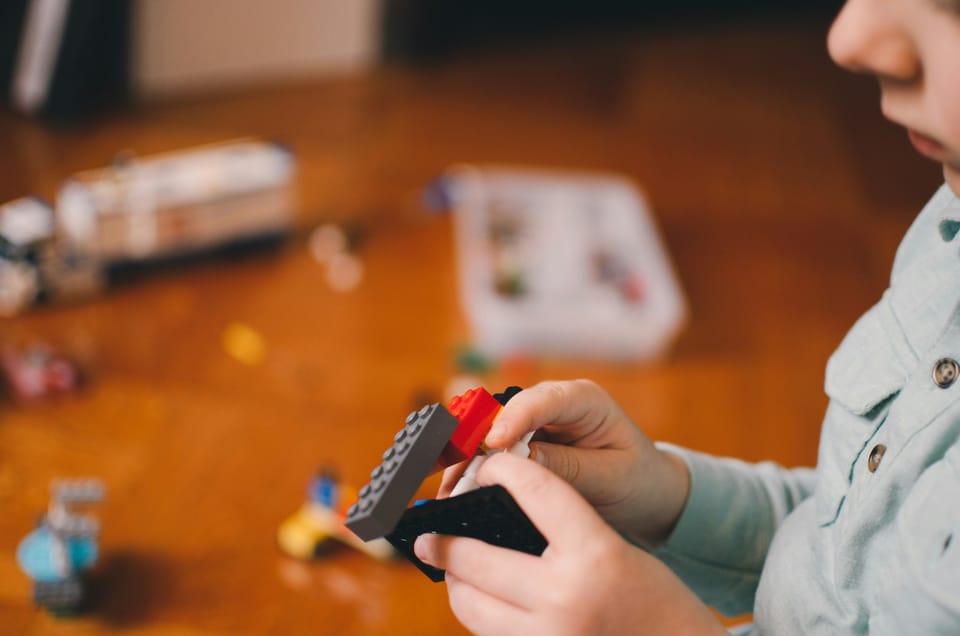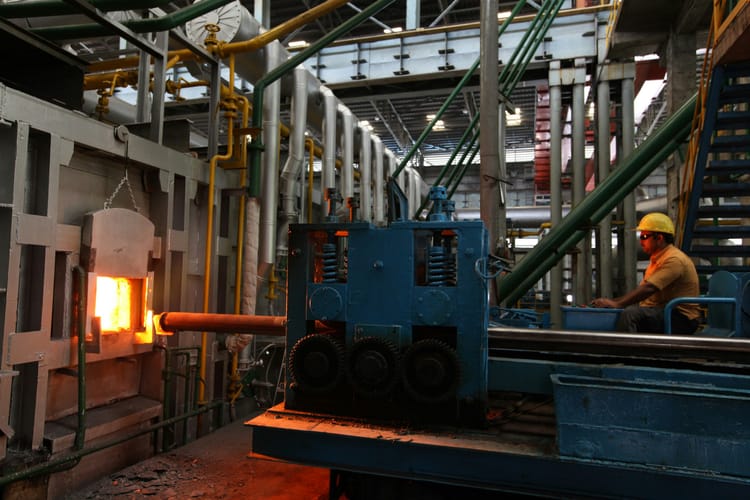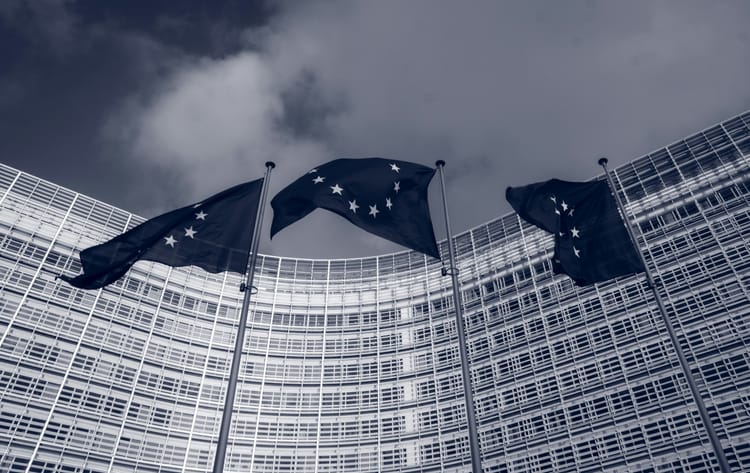Faced with a materials conundrum, Lego bets on carbon removal

Toy manufacturer Lego is still looking for the right material to replace virgin plastic in its famous bricks – but in the meantime the company is betting on carbon removal, with a new direct air capture agreement with Climeworks.
Last October, Lego announced that it had given up on trying to use recycled polyethylene terephthalate (PET), the plastic used for bottles, to replace Acrylonitrile Butadiene Styrene (ABS) in its bricks.
Since then, no further progress has been made, despite having tested more than 600 different material grades so far in an attempt to reduce emissions from the materials Lego purchases – 63% of its overall carbon footprint.
Now, Lego has signed a nine-year agreement with direct air capture (DAC) firm Climeworks to “permanently remove CO2 from the air for the Danish toy manufacturer” for US$2.4 million.
Annette Stube, Chief Sustainability Officer at the Lego Group, explained: “We want to continue to lead the way in finding innovative solutions for the challenges we face. This is why we are working with innovators like Climeworks – their technology, as part of a varied programme of initiatives, can help us and society as a whole realise the net-zero future that is needed to protect our planet for generations to come.”
Beyond value chain mitigation
The Climeworks deal will not make a very large dent in Lego’s carbon footprint: at the current price of DAC – about US$1,000 per tonne of CO2 removed from the atmosphere – it would cover just about 2,400 tonnes or 0.15% of its overall emissions in 2022 (about 1.6 million tonnes).
The company has also committed to setting a science-based net zero target by 2025, which would only allow it to use carbon removals or offsets for up to 10% of its footprint.
For Lego, investing in direct air capture falls into ‘beyond value chain mitigation’: action or investments that fall outside a company’s value chain, “including activities that avoid or reduce GHG emissions, or remove and store GHGs from the atmosphere,” according to the Science-Based Targets Initiative (SBTi).
In its recently published guidelines, the SBTi notes that these activities and investments are “not accounted for in the company’s Scope 1, 2 or 3 GHG inventory and therefore do not count towards achieving value-chain emission reduction targets”. Instead, beyond value chain mitigation can be used to go “above and beyond” after taking action to reduce emissions in line with a 1.5ºC pathway, the standard-setter adds.
Lego yet to publish climate transition plan
For now, Lego is working towards a 37% reduction in absolute Scope 1, 2 and 3 emissions by 2032, from a 2019 base year. While the manufacturer has made progress in Scope 1 and 2 (market-based) emissions, its Scope 3 total has increased steadily since 2019, from 1.02 million tonnes to 1.6 million tonnes in 2022.
The company is currently developing its climate transition plan and working with the Science-Based Targets initiative to come up with a credible net zero goal. It also plans to triple its investment in environmental sustainability over the next three years, “particularly in areas that will help reduce GHG emissions”, spending more than US$1.4 billion on sustainability-related activities.







Member discussion